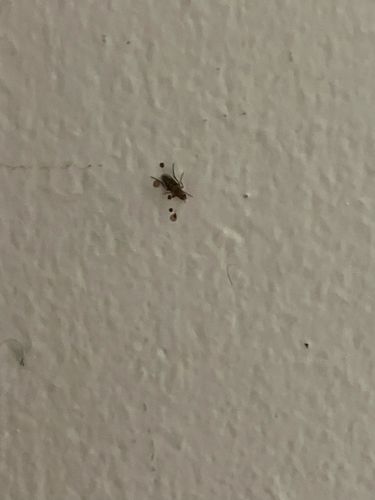Ant
Scientific Name: Formicidae (family level, specific genus/species not discernible from image)
Order & Family: Order: Hymenoptera, Family: Formicidae
Size: Typically from 1 mm to 30 mm (0.04 to 1.2 inches), depending on the species.

Natural Habitat
Ants are found in nearly all terrestrial habitats worldwide, from forests and deserts to urban environments. They typically build nests in soil, under rocks, in wood, or in structures.
Diet & Feeding
Ants are omnivorous and their diet varies widely by species. Many forage for nectar, seeds, fungi, or insects (both living and dead). Some species are predatory, while others cultivate fungi or tend to aphids for honeydew.
Behavior Patterns
Ants are social insects that live in colonies, which can range from a few dozen individuals to millions. They exhibit complex social behaviors, including division of labor, communication through chemical signals (pheromones), and elaborate nest construction. The individuals seen here appear to be foraging.
Risks & Benefits
Risks: Some ant species can bite or sting, causing pain or allergic reactions in sensitive individuals. Some species can become pests when they infest homes, contaminating food or damaging property. Benefits: Ants play crucial roles in ecosystems, including soil aeration, nutrient cycling, seed dispersal, and pest control (predating on other insects). They are an important part of the food chain.
Identified on: 8/20/2025